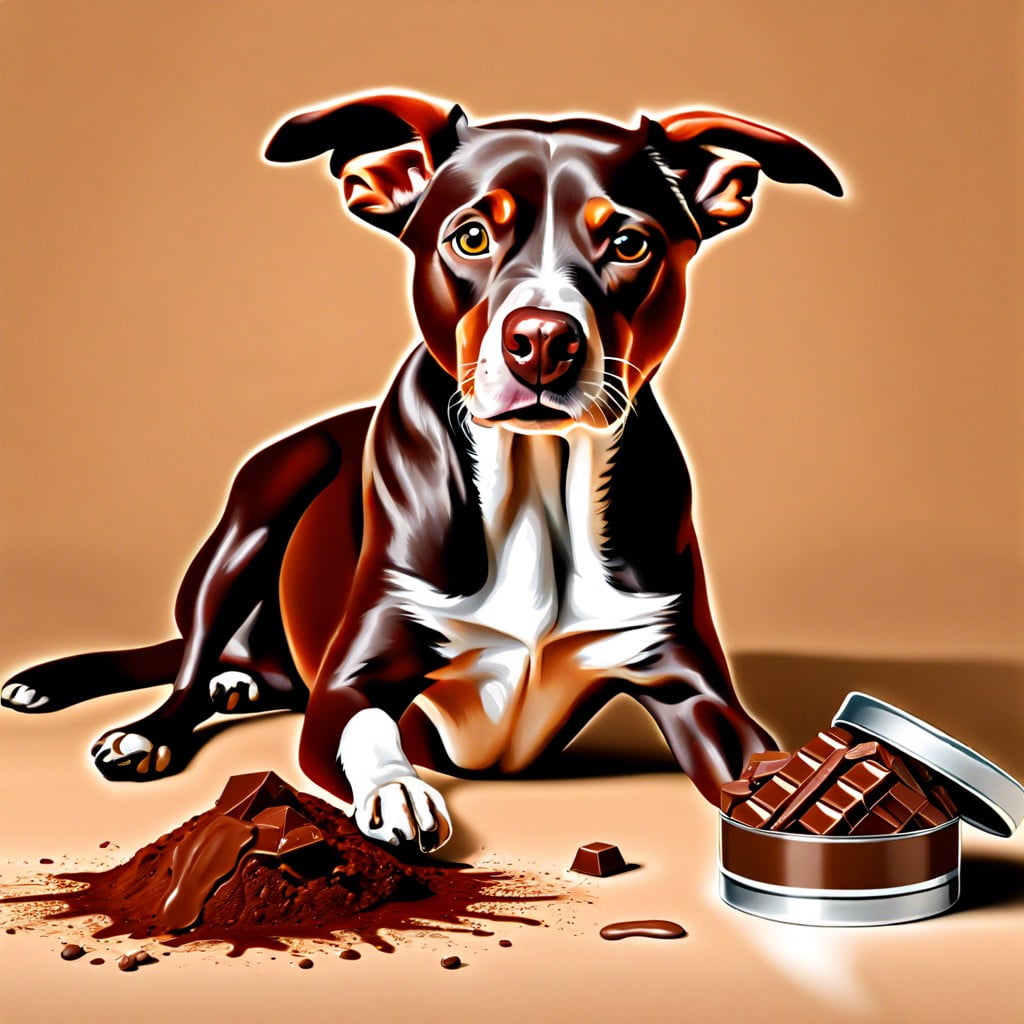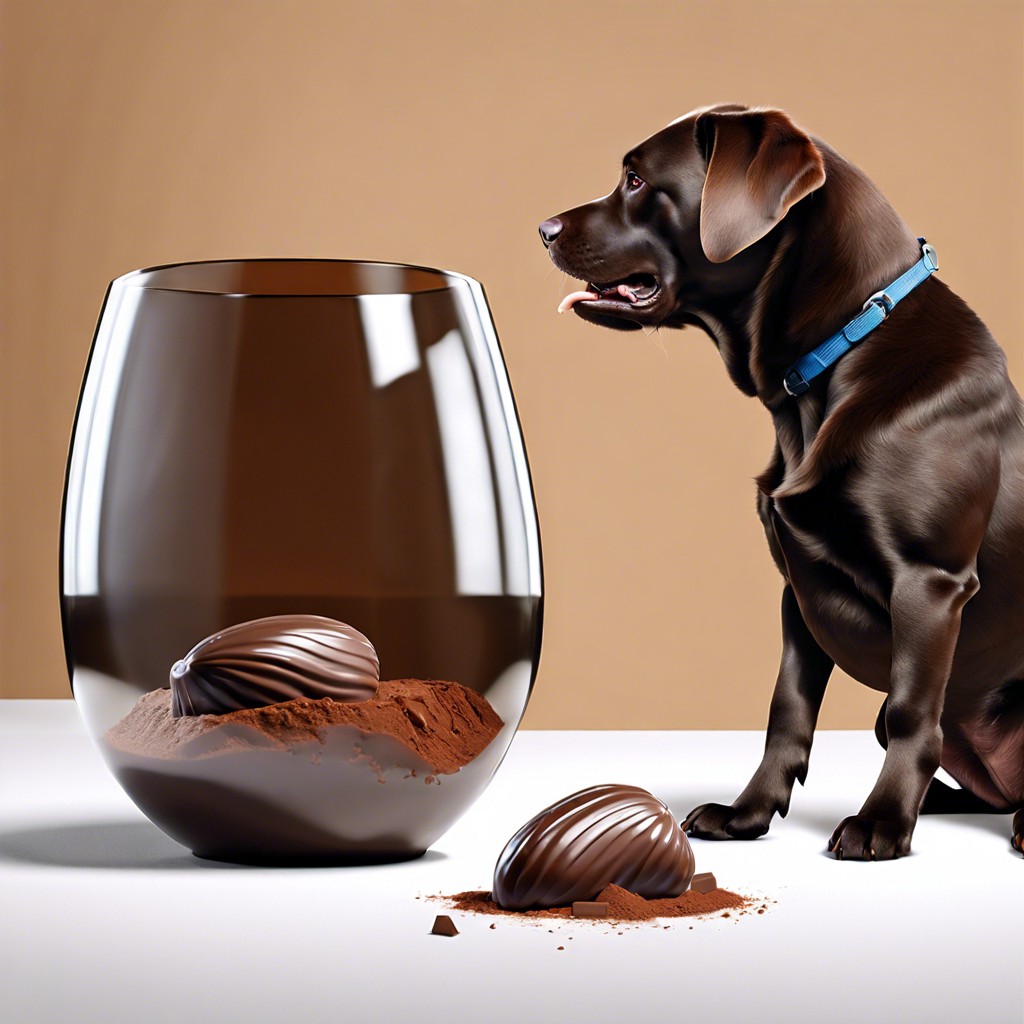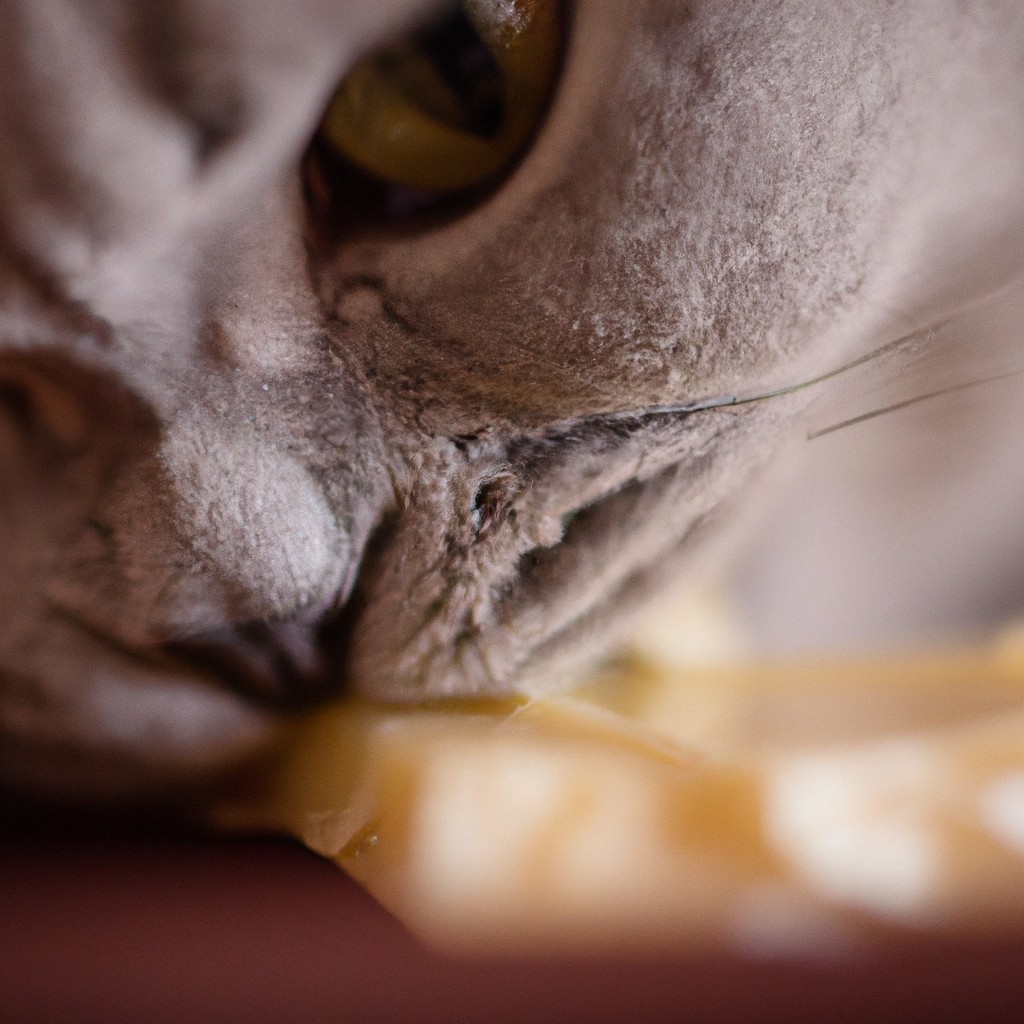Understanding the dangers of chocolate consumption in dogs is crucial for pet safety, and this article provides essential information on why chocolate is toxic to dogs and how to prevent accidental ingestion.
Key takeaways:
- Chocolate contains theobromine and caffeine, which can be toxic to dogs.
- Symptoms of chocolate poisoning include vomiting, hyperactivity, and seizures.
- If your dog eats chocolate, remove it and contact a veterinarian immediately.
- Store chocolate securely and educate your household about the dangers.
- Keep emergency contacts for veterinary assistance readily available.
Inside
Why Chocolate Is Toxic to Dogs

Chocolate contains theobromine and caffeine, both of which are methylxanthines. These compounds are easily metabolized by humans but not by dogs, leading to a buildup in their system that can be toxic.
The severity of toxicity depends on the type and amount of chocolate consumed and the dog’s size. Dark chocolate and unsweetened baking chocolate have higher levels of theobromine and caffeine, thus are more dangerous.
Symptoms of theobromine poisoning can appear within a few hours and can linger for days, as theobromine has a long half-life in a dog’s body. It can affect the central nervous system, cardiovascular system, and can lead to increased urination or complications in the gastrointestinal tract.
Signs of Chocolate Poisoning in Dogs
Recognizing the symptoms of chocolate poisoning can be crucial for a dog’s health. The severity of symptoms can depend on the dog’s size, the type of chocolate ingested, and the amount consumed.
Early signs to watch for include:
- Vomiting and diarrhea: These are often the first indications of chocolate ingestion, as the body attempts to expel the toxin.
- Hyperactivity: Chocolate contains caffeine and theobromine, stimulants which can cause excessive energy in dogs.
- Rapid breathing: Stimulants can also lead to increased heart rate and panting.
- Restlessness: Dogs might appear agitated and unable to settle down.
As the condition progresses, more severe symptoms may emerge, such as:
- Seizures: A sign of serious neurological involvement.
- Muscle rigidity: A response to the overstimulation of nerves and muscles.
- Heart arrhythmia: Irregular beats that can be life-threatening.
If any of these symptoms are observed after potential chocolate ingestion, it is imperative to seek veterinary care immediately. Timely action can significantly improve the prognosis for affected dogs.
Immediate Steps to Take If Your Dog Eats Chocolate
If your dog ingests chocolate, acting swiftly is crucial. Begin by ascertaining the type and amount of chocolate consumed. Darker and more concentrated chocolates, such as baking chocolate, present greater risks than milk chocolate.
Remove any remaining chocolate from your dog’s reach to prevent further consumption. Do not attempt home remedies, such as inducing vomiting, unless directed by a veterinarian. Vomiting can complicate the situation if not done correctly.
Contact a veterinarian immediately for advice. Be ready to provide information about your dog’s size, the type of chocolate ingested, and the quantity consumed. If possible, have the chocolate’s wrapper on hand, as this can help the veterinarian assess the level of theobromine and caffeine, the toxic compounds in chocolate.
While awaiting instructions from the vet or on your way to the clinic, keep your dog calm and observe closely for any symptoms of distress. If veterinary help is not immediately available, call a poison control helpline for pets to get expert advice on immediate actions.
Remember that timing is vital, and prompt veterinary attention can significantly improve your dog’s prognosis following chocolate ingestion.
Preventing Accidental Chocolate Consumption By Dogs
Store chocolate in secure locations, well out of your dog’s reach, such as high cabinets or locked pantry doors. Consider childproof locks for lower cabinets.
Educate everyone in the household, including children, about the dangers of chocolate to dogs and the importance of keeping it away from pets.
Be mindful during holidays like Easter, Halloween, and Christmas when chocolate is more prevalent in the home. Immediately dispose of wrappers and keep treats in closed containers.
When eating chocolate, do so in an area where your dog cannot access crumbs or dropped pieces, and always check the floor for any scraps that could be ingested.
Inform guests and visitors about your no-chocolate-for-dogs rule and provide dog-safe treats for those who want to give your pet a snack.
Regularly check purses, bags, and coats that may contain chocolate, and ensure they are kept in a safe place that your dog cannot investigate.
Utilize dog-proof trash cans to prevent your dog from scavenging for chocolate or other food remnants.
Contact Information for Veterinary Assistance
Keep a list of emergency contacts handy, including your primary vet, a 24-hour emergency veterinary hospital, and the ASPCA Animal Poison Control Center (APCC), reachable at (888) 426-4435. Knowing these contacts can save precious time during an emergency.
It’s advised to promptly seek professional guidance, as they can provide specific instructions based on the quantity and type of chocolate consumed. Keep pet insurance information readily available as well, in case of associated veterinary costs.
Ensure your pet’s medical records are up-to-date, especially if visiting a new clinic where those records are not already on file.




